Last week, we saw that
If in appropriate condition at calving, cows can be allowed to mobilise body reserves for a four to six week period after calving to make up for this energy shortfall.
This generally equates to a 0.25 condition score loss (or 70UFL), which is acceptable on the basis of a limited time, provided that the cow is offered a quality grass diet thereafter. The high nutritive value of early spring grass will ensure the rapid recovery of these body reserves.
Option 2
Mature cows in ideal body condition score that calve early in the calving season (calving January to early February):
Diet type: Ad-lib access to moderate to high quality grass silage. Concentrates will need to be supplemented at 1.5kg to 2.5kg per day (depending on silage quality) up to mating.
This feeding option covers the early spring calving cow. To maintain a 365 day calving interval, cows that fall into this scenario will need to be re-bred while still indoors and, as such, must be offered higher feed levels. This option follows the premise that, in order to ensure good reproductive performance, cows must be fed to their requirements and cannot tolerate any prolonged feed energy deficit pre-breeding.
Option 3
First-calving heifers:
In suckler herds, preferential feeding treatment should always be given to first calvers and cows in a low body condition score (BCS = 2 or less).
For first-calving heifers, the combined effects of growth and first lactation impose a high nutritional demand that is challenging to fulfil.
In this regard, first calving heifers cannot be subjected to low level feeding as inadequate nutrient intake (both pre- and post-calving) has a greater detrimental effect on subsequent fertility in young compared to mature cows.
Additionally, on average first-calving heifers usually resume cycling 15 to 20 days longer than mature cows.
To overcome the longer PPI in time for the start of the breeding season, farmers are advised to breed heifers to calve three weeks ahead of the main cow herd and also provide these females with the best feed resources available.
The recommendation is that first calvers in all cases require some concentrate supplementation after calving, until going to grass. Where silage quality is moderate to good, feed 1kg to 2kg meal, and where silage quality is poor, feed 2kg to 3kg meal, daily.
Option 4
Thin cows/low body condition score at calving:
Cows calving thin or below the target body condition score for the production system tend to have a delayed return to cyclicity.
Dietary manipulation in the period immediately before or after calving, or in the breeding season itself,rarely affects a recovery. In fact, research from Teagasc, Athenry, shows that cows calving under condition score 2.0 at calving will be two to three weeks slower going back in calf than cows calving at target condition score 2.5 (Figure 3).
This extra time lengthens the calving interval and makes the 365 day target almost impossible to achieve. Furthermore, the effects of low BCS at calving are only partially reversed by putting cows on a high rising plane of nutrition after calving.
Given the importance of the body condition score at calving to the suckler production system, the obvious recommendation to counteract problems associated with low condition score at calving is to identify and feed thin cows to their requirements during the pre-calving period. The key point here is to ensure that body condition of the cow has stabilised and is on target six to eight weeks before calving.
However, on farms where cows have already calved or are calving in poor BCS, the recommendation for such animals is to feed moderate to good quality silage to appetite, plus 1kg to 2kg meals daily, till turnout.
*Alan Kelly is a lecturer in Beef Production and Nutrition at the School of Agriculture and Food Science, University College Dublin.
Read more
Feeding sucklers part 1: why the spring period is crucial
Last week, we saw that
If in appropriate condition at calving, cows can be allowed to mobilise body reserves for a four to six week period after calving to make up for this energy shortfall.
This generally equates to a 0.25 condition score loss (or 70UFL), which is acceptable on the basis of a limited time, provided that the cow is offered a quality grass diet thereafter. The high nutritive value of early spring grass will ensure the rapid recovery of these body reserves.
Option 2
Mature cows in ideal body condition score that calve early in the calving season (calving January to early February):
Diet type: Ad-lib access to moderate to high quality grass silage. Concentrates will need to be supplemented at 1.5kg to 2.5kg per day (depending on silage quality) up to mating.
This feeding option covers the early spring calving cow. To maintain a 365 day calving interval, cows that fall into this scenario will need to be re-bred while still indoors and, as such, must be offered higher feed levels. This option follows the premise that, in order to ensure good reproductive performance, cows must be fed to their requirements and cannot tolerate any prolonged feed energy deficit pre-breeding.
Option 3
First-calving heifers:
In suckler herds, preferential feeding treatment should always be given to first calvers and cows in a low body condition score (BCS = 2 or less).
For first-calving heifers, the combined effects of growth and first lactation impose a high nutritional demand that is challenging to fulfil.
In this regard, first calving heifers cannot be subjected to low level feeding as inadequate nutrient intake (both pre- and post-calving) has a greater detrimental effect on subsequent fertility in young compared to mature cows.
Additionally, on average first-calving heifers usually resume cycling 15 to 20 days longer than mature cows.
To overcome the longer PPI in time for the start of the breeding season, farmers are advised to breed heifers to calve three weeks ahead of the main cow herd and also provide these females with the best feed resources available.
The recommendation is that first calvers in all cases require some concentrate supplementation after calving, until going to grass. Where silage quality is moderate to good, feed 1kg to 2kg meal, and where silage quality is poor, feed 2kg to 3kg meal, daily.
Option 4
Thin cows/low body condition score at calving:
Cows calving thin or below the target body condition score for the production system tend to have a delayed return to cyclicity.
Dietary manipulation in the period immediately before or after calving, or in the breeding season itself,rarely affects a recovery. In fact, research from Teagasc, Athenry, shows that cows calving under condition score 2.0 at calving will be two to three weeks slower going back in calf than cows calving at target condition score 2.5 (Figure 3).
This extra time lengthens the calving interval and makes the 365 day target almost impossible to achieve. Furthermore, the effects of low BCS at calving are only partially reversed by putting cows on a high rising plane of nutrition after calving.
Given the importance of the body condition score at calving to the suckler production system, the obvious recommendation to counteract problems associated with low condition score at calving is to identify and feed thin cows to their requirements during the pre-calving period. The key point here is to ensure that body condition of the cow has stabilised and is on target six to eight weeks before calving.
However, on farms where cows have already calved or are calving in poor BCS, the recommendation for such animals is to feed moderate to good quality silage to appetite, plus 1kg to 2kg meals daily, till turnout.
*Alan Kelly is a lecturer in Beef Production and Nutrition at the School of Agriculture and Food Science, University College Dublin.
Read more
Feeding sucklers part 1: why the spring period is crucial





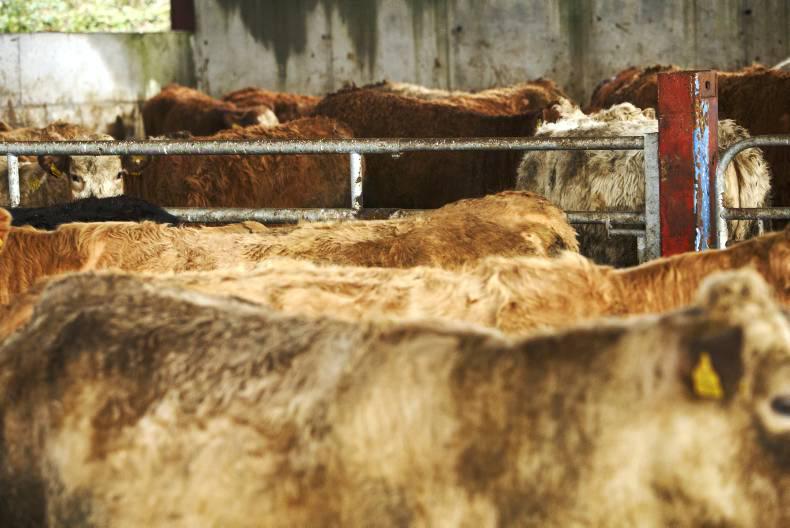
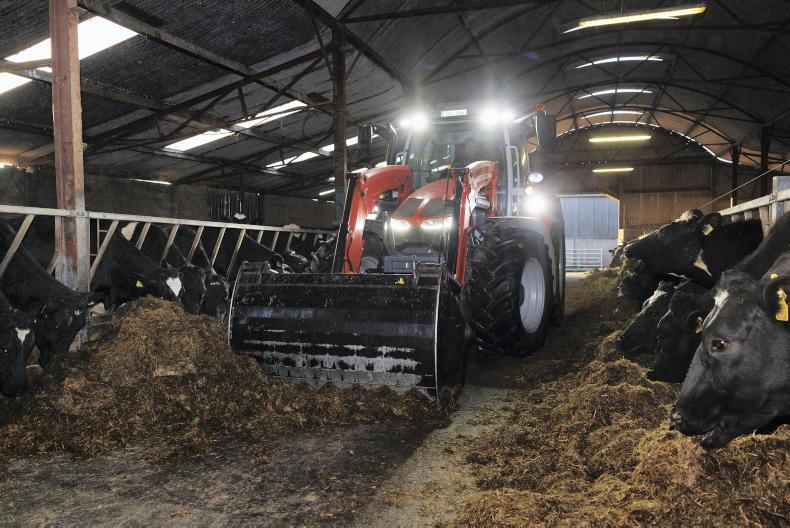
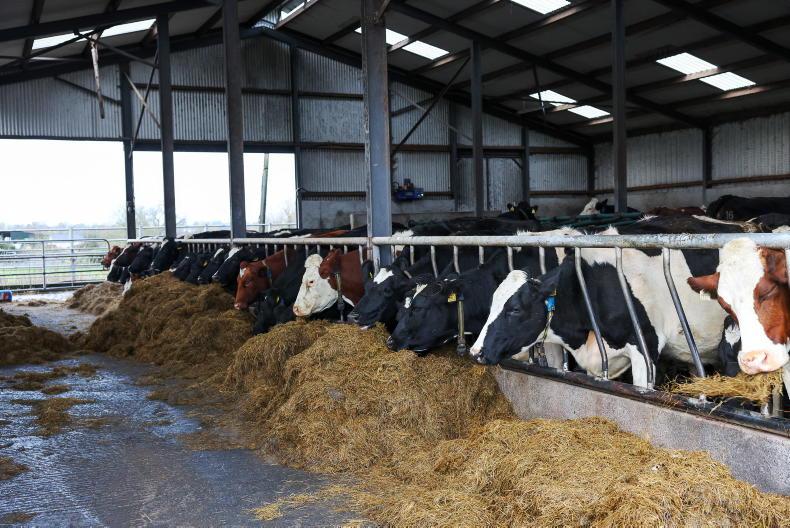
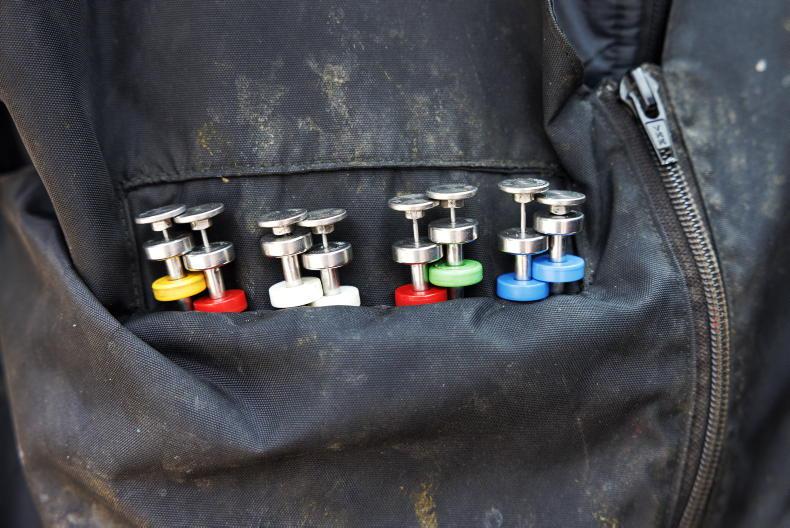
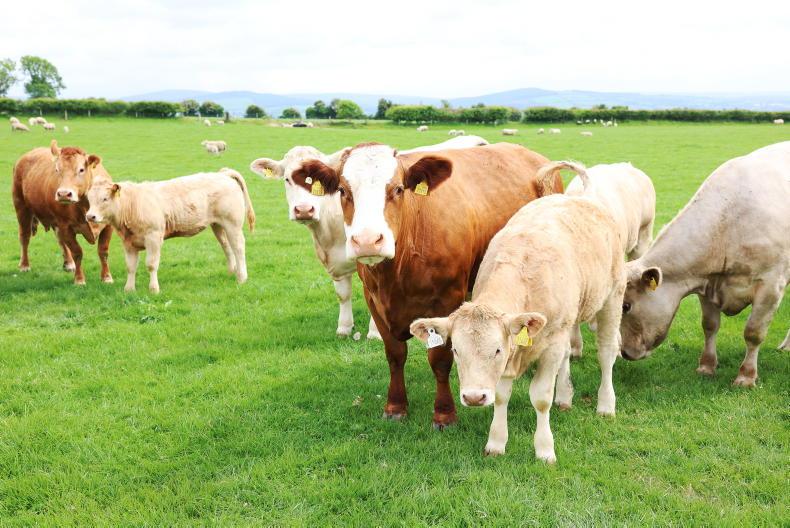
SHARING OPTIONS